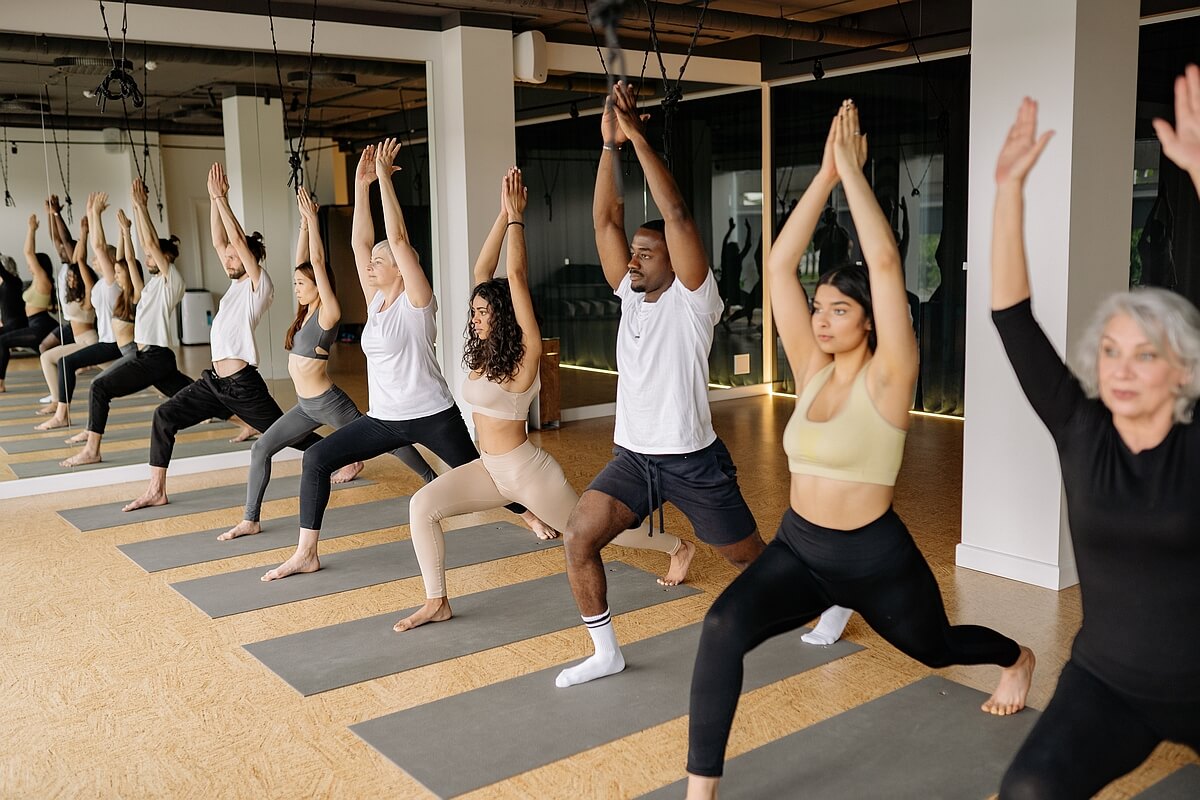Advances in technology, shifting population demographics and changes in peoples’ approach to health have all affected the kinds of leisure pursuits customers are looking for and how they prefer to access them.
We explore three of the latest trends in the leisure world to help fitness and leisure centres stay ahead the game and be in the best shape to cater for them.
The rise of self-service and 24-hour gyms
Studies have shown customers increasingly prefer using self-service apps, web portals and kiosks over dealing with staff at leisure centres. Being able to register for classes, amend bookings, check upcoming payments and update personal details using an online portal puts the power in customers’ hands and provides convenience. It also avoids the need to deal with fallible humans or wait in line to speak with someone at the front desk. For leisure centre managers, self-service offerings have the added benefit of saving time and money on staff costs.
Self-service kiosks, enabled with savvy leisure management software like Envibe, allow customers to pay for casual classes or skip queues and gain access by swiping in if they have pre-paid. Giving customers more control over accessing leisure facilities can be a major win.
The rise of 24-hour gyms has been rapid, demonstrating there is a market for gyms that allow customers to get their exercise fix at any time of the day or night.
A leading example is Anytime Fitness, the fastest growing fitness franchise in the world, which has more than 3,000 gyms serving nearly 3,000,000 members worldwide. With the traditional nine-to-five working routine becoming less common, considering shift work patterns and the increase of flexible working, the convenience of 24-hour gyms is a big drawcard.
Systems to control access are essential tools to enable 24-hour gyms to function without having to face the challenge of employing, and retaining, sufficient staff to cover the graveyard shift. Many leisure management software platforms, including our own Envibe software, integrate with modern entrance control gates and security solutions.
The world’s population is becoming more active as it ages
It seems that rather than slowing down in old age many of the older generation are choosing to speed up by choosing health and fitness options to keep them ‘perennial’ if not millennial. Average life expectancy is steadily rising, while birth rates are falling overall, meaning fitness and leisure options tailored towards the older generation are becoming more and more popular. This is particularly true in Australia and New Zealand, where the percentage of the population aged over 65 has steadily increased in the past two decades.
As baby boomers continue to retire and move into a financially comfortable retirement phase, many of them are realising true wealth is health and so look to invest in their overall wellness, including participating in fitness activities.
All of this creates an opportunity for fitness and leisure centres to engage the older generation with appropriate services that can be offered during less busy times when younger people are typically working.
The usual suspects of golf, tennis, bowls, swimming and aquarobics will be popular, as will holistic exercise such as yoga, tai chi and Pilates. Team sport sessions adjusted to suit this group, for example walking football or pickleball, might also be options to consider.
The journey from fitness to wellness
Way back in the 80s most people’s conception of health involved being physically fit: able to complete marathons, lift heavy weights or possibly participate in multiple aerobics classes cloaked in spandex and leg warmers.
In the decades since our general understanding of health has expanded, with people tending to take a more holistic approach that considers a range of lifestyle factors. Mental and emotional health, social connectedness, creative expression, sleep quality, nutrition and spiritual aspects are all relevant to a person’s wellness.
The American National Wellness Institute defines wellness as encompassing six aspects of an individual’s life: physical, intellectual, occupational, emotional, social and physical wellness. While there is no one universal definition of wellness, the key thing is that physical fitness is only one aspect of the being able to function optimally in your current environment – thriving as opposed to merely surviving.
So, what can fitness and leisure centres do to better cater for this more holistic conception of health? There may be limitations on how many aspects of wellness they can cover, however most meditation, mindfulness sessions, yoga, tai chi and Pilates classes only require a quiet room and a local teacher to offer opportunities to benefit mental, emotional and spiritual wellness.
Older clients used to more traditional exercise may relish the opportunity to explore a new activity or enjoy a class that is not so physically taxing. Younger clients may find workouts that are less intense and go beyond the physical provide opportunities for their bodies (and minds) to better rest, recuperate and perform better in the long run.
Whether you consider maximising the self-service aspects of your fitness or leisure centre, tailoring more opportunities for the older section of your customer base, or offering classes that cater for a more holistic sense of health, taking action now may be a wise choice if you want your business to thrive in the long run.
